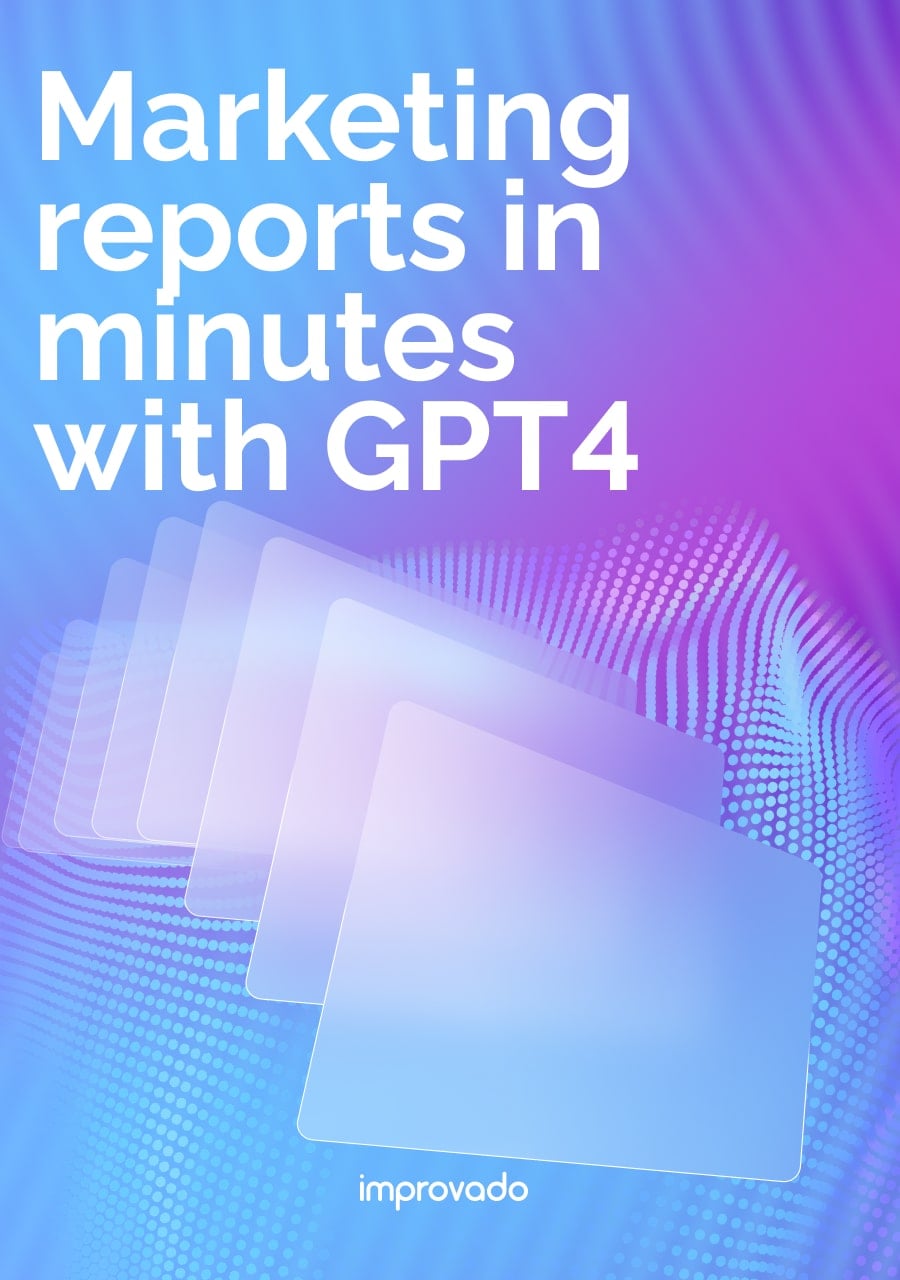Marketing intelligence now spans far beyond performance dashboards..
Teams need visibility not only into campaign metrics, but also into competitor strategies, market signals, customer preferences, and sales trends, all in one integrated view.
This guide covers 10 of the most effective marketing intelligence tools in 2025. These are the platforms that help unify data across channels, automate reporting, enforce governance, and deliver insights across campaign performance, competitive intelligence, social media, and sales enablement.
Top 10 marketing intelligence platforms shortlist:
- Improvado: Best all-in-one marketing intelligence platform.
- Similarweb: Best for digital market and competitor traffic analysis.
- ZoomInfo: Best for B2B market and contact intelligence.
- AlphaSense: Best for AI-powered financial and market intelligence.
- Crayon: Best for competitive intelligence automation.
- Klue: Best for sales-focused competitive landscape analysis.
- BuzzSumo: Best for Content & Social Engagement Intelligence.
- Data.ai (formerly App Annie): Best for mobile app intelligence.
- HubSpot: Best for integrated CRM and marketing intelligence.
- Visualping: Best for competitor website and pricing strategy monitoring.
In the sections below, we break down each marketing intelligence tool, covering its core capabilities, best-fit use cases, and the strategic advantage it offers.
What to Look for in a Marketing Intelligence Solution
Before jumping into platform reviews, it’s important to define what actually matters when evaluating a marketing intelligence solution.
Focus on the capabilities that align with your data complexity, scale, and reporting needs. Here are some factors to consider:
1. Improvado – All-in-One Marketing Intelligence Platform
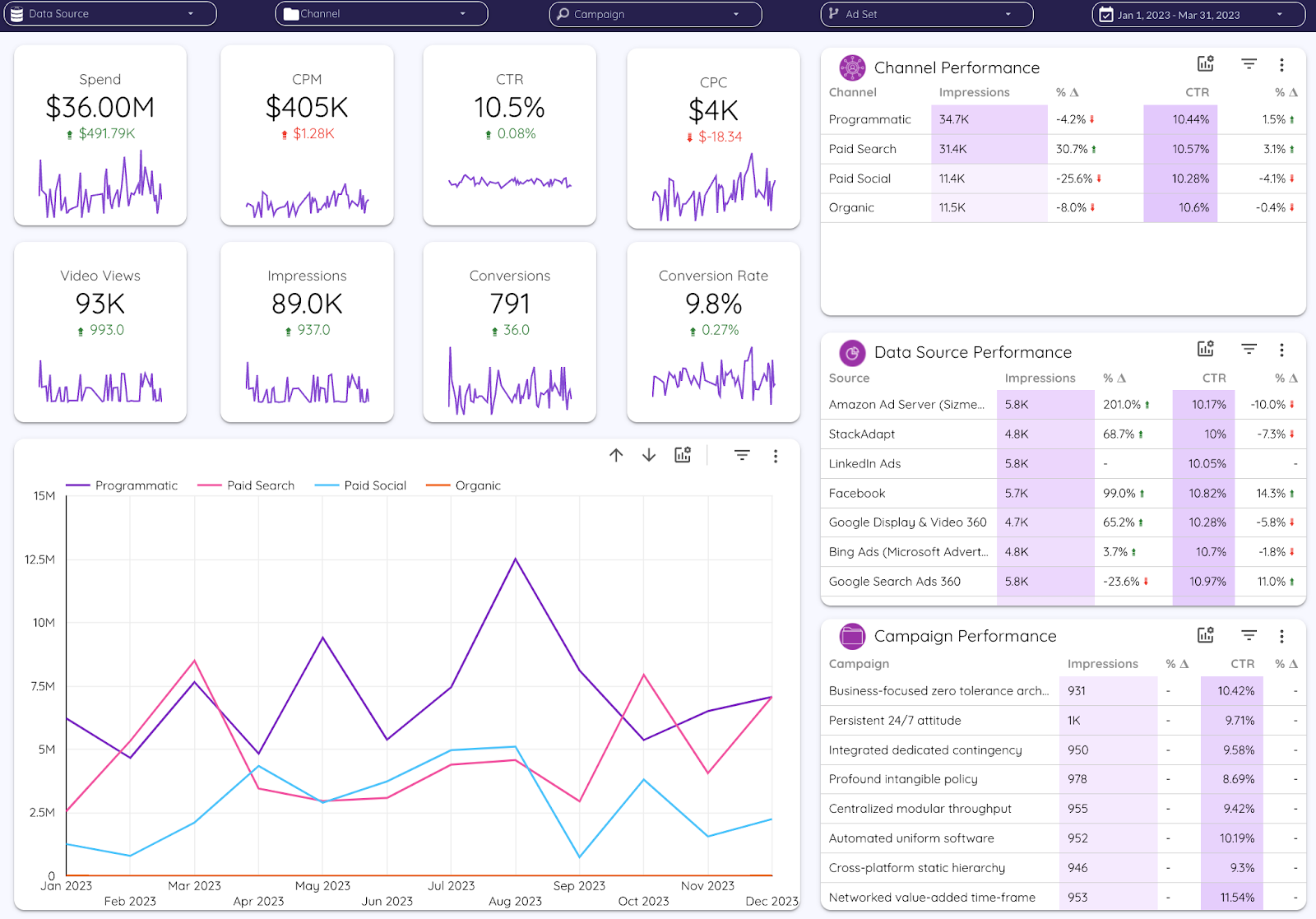
Improvado is an AI-powered marketing intelligence platform that centralizes and harmonizes data from hundreds of sources, enabling unified reporting and strategic decision-making.
It’s essentially a no-code data pipeline, analytics and intelligence tool that automatically aggregates cross-channel marketing data into one place, eliminating manual reporting and giving a 360° view of ROI and performance.
Key Features:
- Automated data collection: Improvado supports integrations with over 500 marketing and sales data sources. This extensive connector library means you can pull real-time data from Google Ads and Salesforce to niche-specific data sources like Walmart Connect and Samsung DSP, from online to offline data without coding.
- Data transformation and mapping: Improvado offers an advanced data transformation engine, including AI mappings and even enabling custom attribution models to unify metrics. It transforms raw data into an analysis-ready, cross-channel dataset so you can compare performance across platforms easily.
- Custom dashboards and visualization: Improvado integrates with BI tools like Tableau, Looker, Power BI, and others. This flexibility lets teams use their preferred BI tools while still leveraging Improvado’s data unification. Improvado offers multiple pre-built data models and dashboard templates to streamline the process.
- AI Analytics: Improvado AI Agents can answer natural language questions and surface actionable insights. It’s like an analytics co-pilot that can run SQL, query data, and present findings in graphs, charts, tables, or export CSV.
- AI-generate reports: Additionally, AI Agent can send out period-over-period reports based on a predefined structure. It helps gauge the overall performance without logging into dozens of platforms.
- Campaign monitoring: Improvado offers a robust solution for performance and data monitoring called Marketing Data Governance. The system monitors all aspects of complex campaigns, including brand safety, targeting, performance benchmarks, UTMs, anything, providing valuable insights for on-going ROAS optimization. The platform sends alerts and optimization recommendations when anomalies or opportunities are detected.
Pros:
- Improvado eliminates the need for manual data exports and reconciliations by integrating with almost any platform and supporting flat data ingestions. It cuts down reporting prep time and improves decision accuracy.
- The platform offers tools to track budget pacing, detect broken connector syncs, and enforce naming conventions, solving real operational risks that often lead to inaccurate dashboards or missed anomalies in high-stakes campaigns.
- Improvado can run marketing intelligence on top of your data warehouse, so that no data is moved or replicated outside your environment.
- Improvado provides extensive support. The Professional Services team can build a custom metrics, data model, data transformations, help customize a dashboard, and solve other analytics challenges.
- By surfacing real-time performance shifts and making campaign data available in analysis-ready formats, Improvado shortens the cycle from insight to optimization. This helps organizations move from retrospective reporting to proactive marketing intelligence.
Cons:
- Improvado is a marketing intelligence software solution focused on a company’s own marketing, performance, customer, and sales data. It doesn't provide competitive or market analysis.
- Unlike tools such as Crayon, Klue, or Similarweb, Improvado does not track or surface competitor messaging, pricing, website changes, or positioning. Teams focused on market tracking or win/loss battlecards will need to supplement Improvado with CI-specific tools.
Improvado pricing
Improvado operates on a quote-based pricing model tailored to each client’s data volume and needs.
There is no public price sheet for all features, talk to Improvado sales to discuss your data needs and business objectives and get a custom quote.
2. Similarweb – Digital Market & Competitor Traffic Analysis
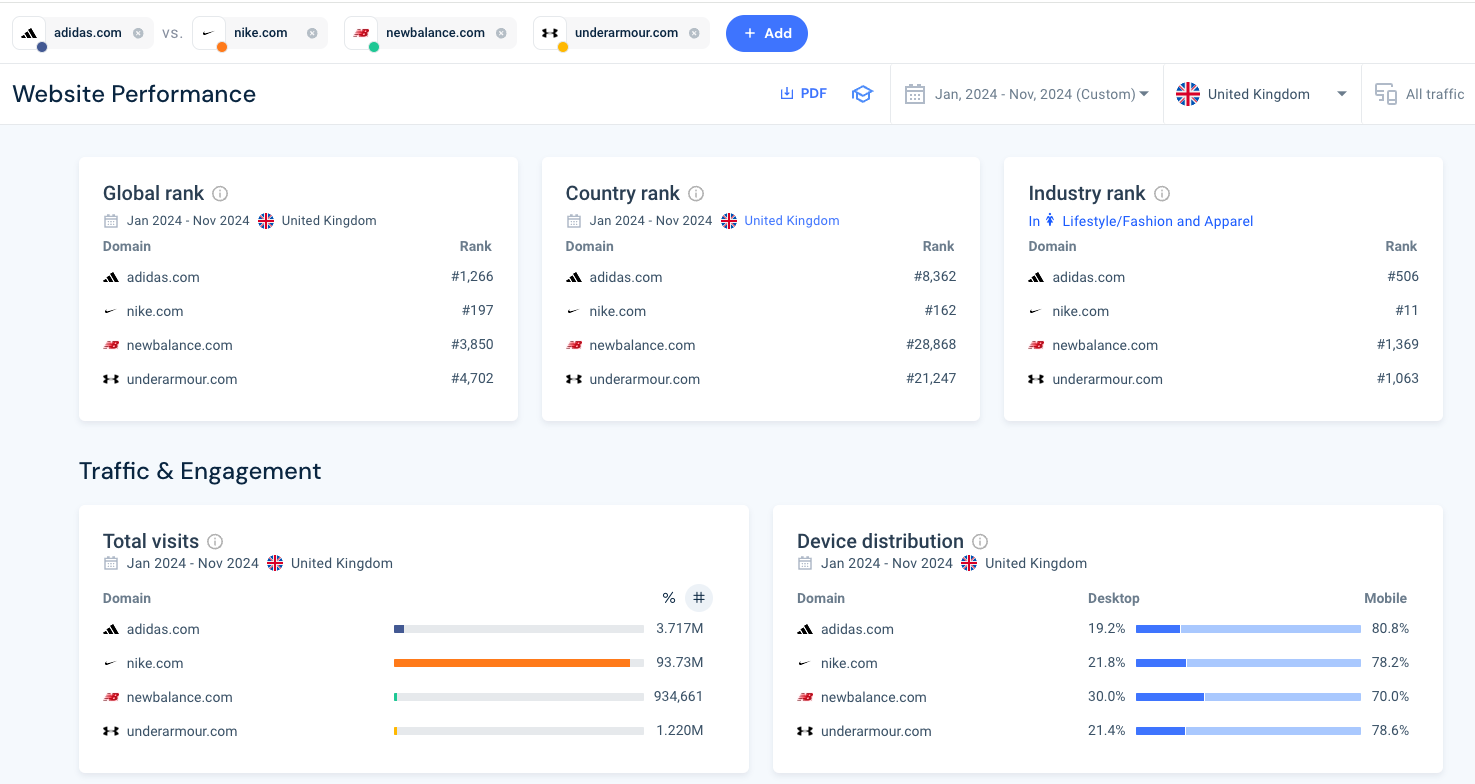
Similarweb is a leading digital market intelligence platform that provides estimates of website and app traffic, engagement, and competitive insights on a global scale.
In practice, this means you can enter any website or industry and get estimates of its monthly visits, traffic sources, whether it’s. search, social, or referrals, audience geography, and even the keywords driving its traffic.
The platform is often used for competitive analysis, market research, and digital strategy.
Key features:
- Website traffic and engagement analytics: For any given website, Similarweb provides estimated metrics like total visits, page views, average visit duration, and others. It also breaks down traffic sources: what percentage comes from search, social, direct, referrals, or display ads, and allows drilling down into each channel. This is invaluable for understanding competitors’ marketing mix.
- Competitive benchmarking and industry analysis: Users can compare multiple websites side by side to benchmark performance or explore industry-level rankings and trends. For instance, you can see the top sites in a category and their market share of visits. The platform also identifies emerging market trends and audience behavior patterns, acting as an early warning system for digital shifts.
- Keyword and search intelligence: Similarweb shows the top search keywords that drive traffic to any site, both organic and paid, along with estimated volumes and even the portion of traffic each keyword contributes. This lets marketers perform SEO and PPC competitive analysis.
- Audience insights and demographics: The platform provides data on visitor geography (traffic by country) and in some cases audience demographics and interests. For example, one can find what other sites an audience frequently visits, which can hint at interests or partnership opportunities.
- App analysis (mobile intelligence): Similarweb can show mobile app rankings, download estimates, usage, and engagement stats in a similar fashion for apps (this feature is part of its App Intelligence tools).
- Alerts and custom reports: Users can set up alerts for traffic spikes or rank changes of tracked sites. The platform also provides exportable reports and custom dashboards, which is helpful for regularly reporting competitor trends to stakeholders. Enterprise plans include API access for integrating Similarweb data into internal dashboards.
Pros:
- Similarweb offers a wide range of data across multiple geographies, not limited to US or major markets. It covers millions of sites in nearly every country and industry.
- Provides detailed traffic, engagement, and channel breakdowns for competitor websites and apps.
- Another pro is the availability of a free version and trial. While limited, it serves as a gateway to understand the value of the data.
Cons:
- The flip side of Similarweb’s broad data is that accuracy can vary, especially for smaller websites. The traffic figures are estimates based on panel data and algorithms, so for niche sites or low-traffic pages, the numbers might be rough or sometimes off. For major sites, the trends are usually reliable, but absolute figures might not exactly match first-party data.
- Similarweb doesn’t directly tell why a trend is happening. You may see a competitor’s traffic spike, but you’ll need to investigate the cause yourself, whether it was a successful campaign or viral content.
- In some cases, reported traffic and engagement data may lag behind real-time changes, especially during fast-moving campaigns.
Similarweb pricing
Similarweb's pricing is structured around different use cases, including Marketing Intelligence, Sales Intelligence, Investor Intelligence, and Web Intelligence. Each category offers multiple tiers, from individual access to enterprise-grade plans.
For marketing and web intelligence, plans vary based on the number of users, historical data access, keyword limits, and capabilities like SERP analysis, ad tracking, and market benchmarking. Sales and investor intelligence plans focus more on company insights, buyer intent, and lead generation data.
Pricing is not fully transparent for all tiers, but entry-level access for marketing intelligence typically starts around $200/month, while team and enterprise plans can range from $10,000 to $35,000+ annually, depending on feature scope and data volume.
3. ZoomInfo – B2B Intelligence and Lead Generation
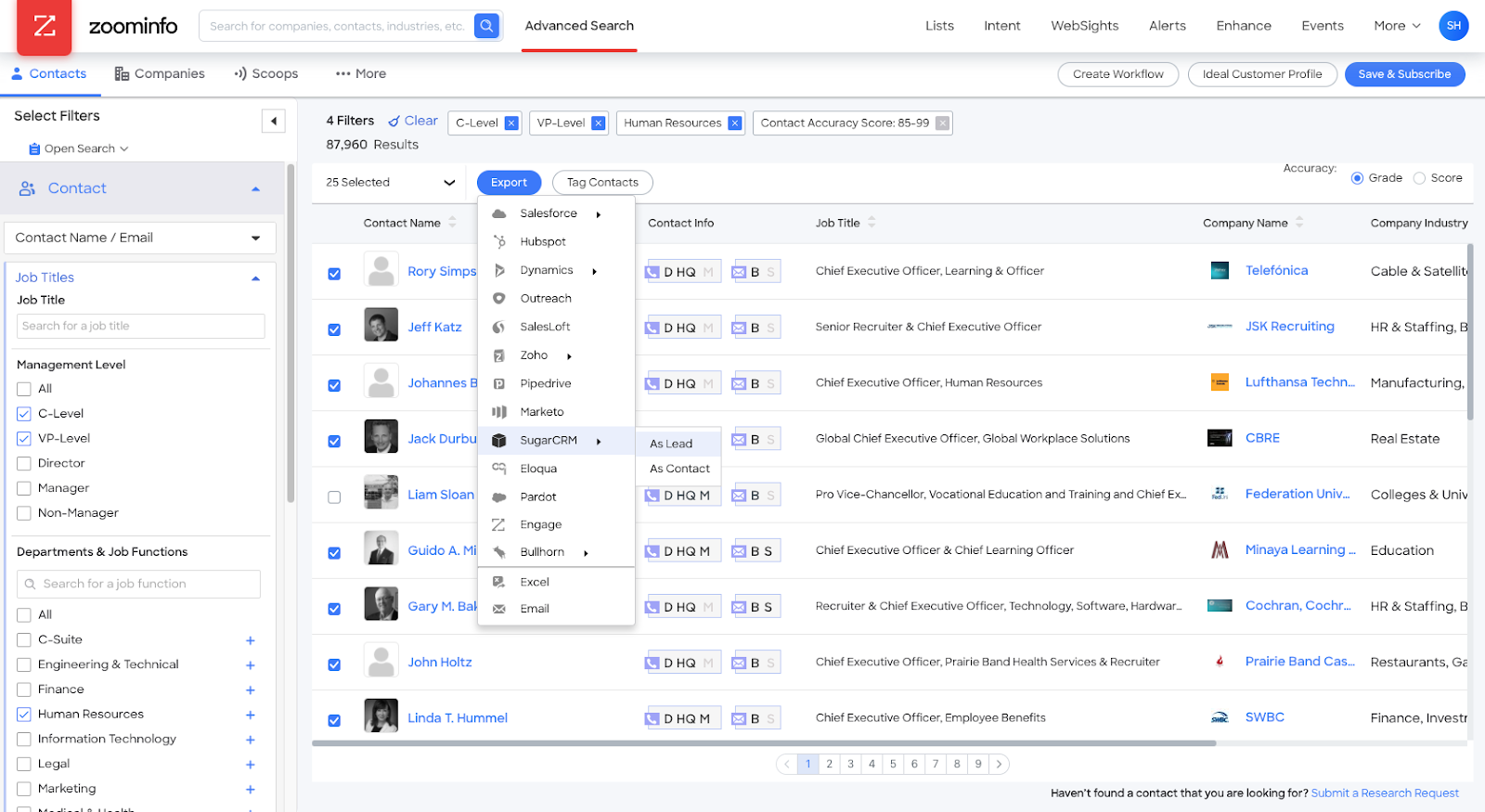
ZoomInfo is a B2B intelligence platform that provides access to a massive database of business contacts and company information, helping sales and marketing teams identify and connect with key decision-makers and derive in-depth insights on target accounts.
Typical use cases of ZoomInfo include building targeted prospect lists, enriching CRM data with missing fields, and tracking prospects who are showing buying intent (e.g. researching certain topics).
For example, a marketing team might leverage ZoomInfo to score leads or tailor campaigns based on technographic data, for example, knowing what software a prospect’s company uses.
Key features:
- Massive B2B contact database: ZoomInfo is best known for its extensive contact repository, boasting 260 million+ professional profiles and 100 million+ company profiles with detailed information. This includes names, titles, work emails, direct phone numbers, office addresses, and more. It enables users to easily search for contacts by title, industry, location, or company size, and build targeted lists.
- Company insights and org charts: ZoomInfo also provides rich firmographic and technographic data on companies. You can view org charts with reporting lines, see company financials and funding, identify what technologies or software a company uses, and track recent news or hiring activities.
- Intent data and predictive analytics: ZoomInfo offers intent signals and predictive models to prioritize prospects. It monitors online research behavior (via third-party intent data providers) to see if companies are surging in interest for certain topics.
- Engagement and automation tools: ZoomInfo includes tools to act on that intelligence. The SalesOS product offers a sales engagement platform for sending emails, making calls, and tracking touches, all integrated with the contact data. It also has workflow automation that can push data into CRMs like Salesforce or marketing automation systems.
- CRM integration and data enrichment: ZoomInfo integrates with popular CRMs like Salesforce, HubSpot, and Microsoft Dynamics. It can automatically enrich inbound leads or existing records with missing data, for example, filling in a lead’s company size, phone, and address when all you captured was name and email.
Pros:
- ZoomInfo provides access to millions of verified business contacts, including direct dials, emails, company firmographics, technographics, and intent data.
- It can automatically enrich CRM records and clean outdated or incomplete information, improving the quality and usability of internal databases.
- Native integrations with Salesforce, HubSpot, Marketo, Outreach, Salesloft, and others allow for streamlined workflows between prospecting, sales, and marketing operations.
Cons:
- While generally strong, accuracy for small businesses, non-U.S. companies, and certain industries (like niche B2B services) can be lower compared to larger enterprise records.
- The platform offers many modules (SalesOS, MarketingOS, TalentOS, OperationsOS) that require clear onboarding and strong internal process alignment.
- Many customers report challenges negotiating contract flexibility or scaling down services; mid-contract upselling for additional seats, features, or database size is common.
- Automatic enrichment features can overwrite internal CRM data without sufficient controls if not carefully configured, leading to potential data integrity issues.
ZoomInfo pricing
ZoomInfo’s pricing is based on product lines aligned with specific use cases, including SalesOS (sales prospecting and engagement), MarketingOS (marketing data and audience targeting), TalentOS (recruiting), and OperationsOS (data management and enrichment).
Each product line offers multiple tiers that vary based on the number of users, data access volume, integration needs, and feature sets.
Entry-level packages typically start at around $10,000 to $15,000 per year for basic access to contact databases or prospecting tools. More advanced plans, which include features like intent data, AI-driven insights, deeper integrations, and broader platform access (across web traffic, technographics, scoops, and enrichment), can easily range from $20,000 to $40,000+ annually depending on usage requirements and add-ons.
4. AlphaSense – AI-Powered Market and Financial Intelligence
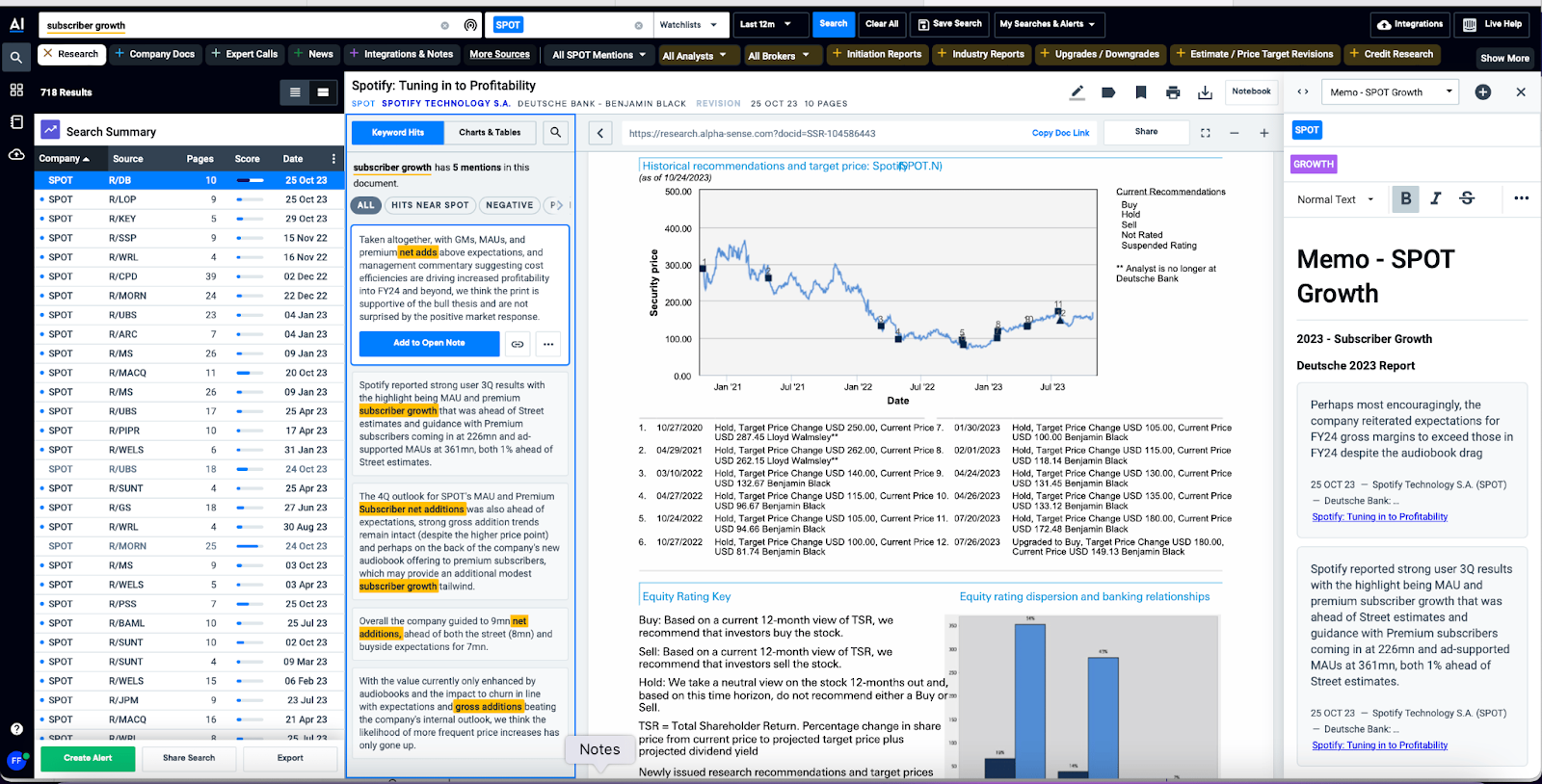
AlphaSense is an AI-driven market intelligence and search platform tailored for financial analysis, market research, and competitive intelligence.
AlphaSense leverages natural language processing (NLP) and a proprietary semantic search algorithm to crawl and index millions of documents, including SEC filings, earnings call transcripts, investor presentations, news articles, trade journals, equity research reports, and even internal documents, and surface relevant information for the user’s query.
Common use cases include investment analysts doing company research, corporate strategy teams scanning for competitor signals, or finance professionals tracking industry trends.
Key features:
- AI-powered semantic search: AlphaSense’s core feature is its smart search engine. It uses AI to understand intent and synonyms, so it finds relevant content even if exact keywords aren’t matched.
- Extensive content library: AlphaSense aggregates various content sources, including company filings (10-Ks, 10-Qs, annual reports globally), earnings call transcripts (and investor call audio, transcribed), sell-side equity research, news and press releases, and industry trade publications. Additionally, clients can upload their internal documents into a private vault and use AlphaSense to search across both external and internal content.
- Monitoring and alerts: Users can set up real-time alerts and custom dashboards to track specific companies, topics, or industries. AlphaSense will notify you when there are new documents or mentions. The dashboard can serve as a personalized newsfeed, covering competitors, partners, market themes.
- Collaboration and analysis tools: The platform supports API integrations as well, so firms can integrate AlphaSense search into their internal systems or knowledge portals.
Pros:
- The platform provides access to over 10,000 premium sources, including proprietary broker research, expert call transcripts, regulatory filings, and a comprehensive view of market landscape.
- Users can set up personalized dashboards and real-time alerts to monitor specific companies, industries, or topics, enhancing proactive decision-making.
- AlphaSense offers integrations with platforms like Microsoft Teams and Slack, facilitating seamless collaboration and information sharing within organizations.
Cons:
- The platform has a steep learning curve. New users might find the platform complex, requiring time and training to utilize all features effectively.
- The volume of available information can be overwhelming. Without precise search and filtering strategies, users risk wasting time sorting through irrelevant information.
- While dashboards are customizable to an extent, deeply tailored workflows or heavily personalized interfaces are limited compared to some specialized research tools.
AlphaSense pricing
AlphaSense pricing is based on annual subscriptions and varies depending on the number of users, level of content access (such as premium broker research), and additional features like expert call services.
Costs typically start around $10,000 to $15,000 per year for smaller teams, with enterprise packages scaling significantly higher based on usage needs. Pricing is customized, and organizations must request a quote to get exact rates.
Ideal users
Apart from financial and consulting specialists, AlphaSense caters to corporate development and strategy teams at large companies that rely on it for competitive intelligence and market scanning.
Additionally, knowledge management teams in large corporations or libraries may use AlphaSense to support internal stakeholders with research.
5. Crayon – Competitive Intelligence Automation Platform

Crayon is a competitive intelligence platform that automates the tracking of your competitors’ every move, from website changes and product updates to marketing campaigns and customer reviews.
The platform is used by product marketing, strategy, and sales enablement teams to spy on competitors ethically and systematically.
Key features:
- Automated competitor tracking: Crayon monitors a wide range of competitor channels 24/7 using AI. This includes tracking changes on competitor websites (content changes, new pages, pricing changes), updates in their product documentation or help centers, press releases and news mentions, social media posts, customer review sites, and even patent filings or job postings. All these updates are fed into Crayon’s dashboard as real-time insights with annotations of what changed.
- Intelligence alerts and daily digests: Users can configure curated alerts for important events such as “Alert me when Competitor X changes their pricing page or when any competitor launches a new product.” Crayon sends the most significant changes via email alerts or an in-app digest.
- Dynamic battlecards for sales enablement: The platform’s Compete and Enable modules push real-time insights and tailored battlecards to sales teams via the tools they use (like Salesforce, Slack, or email). For instance, a rep preparing for a sales call can quickly see the latest news on the competitor in the deal and get talking points to differentiate their product.
- Analytics and program impact measurement: Crayon includes a Measure component that tracks how the competitive intel is being used and its impact. It can show metrics like battlecard usage by sale, win/loss rates when battlecards are used, and other engagement stats.
Pros:
- Crayon tracks over 100 data types across millions of sources, offering a comprehensive view of competitor activities.
- The platform provides timely notifications and AI-generated summaries on critical competitor movements and changes.
- The platform integrates with tools like Salesforce, Slack, Microsoft Teams, and Highspot, ensuring that competitive intelligence is accessible within existing workflows.
Cons:
- Despite automation, users may need to invest time in filtering and curating data to ensure relevance and accuracy.
- As the number of tracked competitors and sources grows, maintaining clean taxonomies, tags, and relevance rules can require substantial admin effort.
- If your team uses a CRM not supported by Crayon, you may experience some gaps in integrating and understanding competitive win-loss.
Crayon pricing
Crayon offers custom pricing. All subscription plans include unlimited competitor tracking, user licenses, including administrators, and the creation of battlecards, dashboards, and other deliverables.
6. Klue – Sales-Focused Competitive Intelligence

Klue is a competitive enablement platform that focuses on gathering competitive intelligence and packaging it into digestible insights like battlecards primarily for sales teams. The key use case for Klue is to help sales reps win more deals against competitors by giving them up-to-date, easily accessible info on those competitors.
Key features:
- Automated data aggregation: Klue automatically scrapes and monitors public data about competitors. It uses web crawlers to capture competitor news articles, website updates, press releases, product announcements, customer reviews, and social media mentions.
- Competitive battlecards and content curation: Klue helps create and maintain battlecards. The platform provides templates and a card-based interface to organize insights. As new intel comes in, it’s easy for a manager to drag-and-drop it onto the relevant card.
- Sales enablement integrations: Klue deeply integrates with CRMs and other tools. For instance, Klue offers a Slack integration that lets reps query a bot for info. It also integrates with CRM systems: when a competitor is tagged on an opportunity, the relevant battlecard can pop up contextually. There’s even a Chrome extension.
- Win/Loss analytics: Klue can ingest win/loss data from CRM or from rep feedback to analyze competitive performance. It helps product marketing identify patterns, like which competitors you’re losing to most and why. Some of this is manual and requires win/loss notes, but Klue provides a framework to manage those insights.
Pros:
- Klue integrates seamlessly with popular platforms like Salesforce and Slack, enhancing collaboration and workflow efficiency.
- Klue utilizes AI to analyze and summarize collected intelligence, surfacing key themes and generating insights on competitor strengths and weaknesses.
- Klue helps organizations centralize every piece of information about all competitors.
Cons:
- Klue primarily focuses on public data sources and does not provide access to certain types of information, such as expert call analysis or financial reports.
- Without careful tuning, users can receive too many irrelevant updates, causing alert fatigue and decreasing the platform’s effectiveness.
- The interface is a bit intimidating, especially when managing several views. As a result, some users report that deploying Klue and getting adoption within the team can demand a considerable amount of effort.
Klue pricing
Klue's pricing is not publicly displayed on their website.
7. BuzzSumo – Content, Social and Influencer Engagement Intelligence
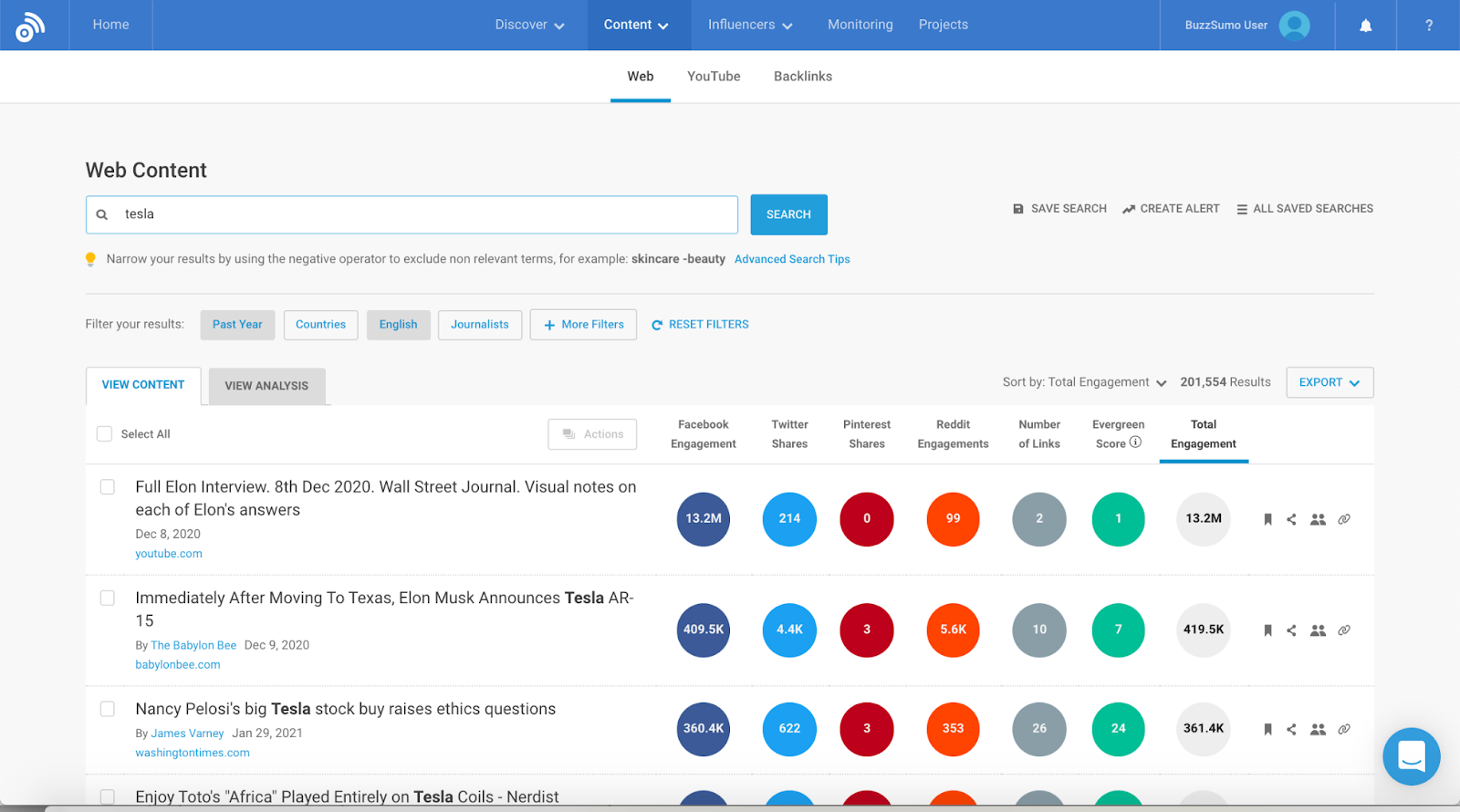
BuzzSumo is a popular content intelligence and social engagement analysis tool that helps marketers discover what content is performing best across social media and the web.
In short, BuzzSumo’s use cases revolve around content marketing, SEO, and social media strategy. It provides the intelligence on what content resonates with audiences so that marketers can create more of what works and benchmark against competitors’ content performance.
Key features:
- Content discovery and research: BuzzSumo’s flagship feature allows marketers to search for content by keyword or domain and see a list of the most shared or engaged pieces of content for that query. It allows users to filter by date range, content type (article, infographic, video, etc.), and even country or language.
- Social engagement monitoring: BuzzSumo tracks social share counts from major networks. It also provides “Evergreen score,” indicating content that continues to get shares over time, and backlink count. These metrics help gauge not just virality but also SEO value of content.
- Influencer and author identification: The platform includes an Influencer search where you can find influential content creators or amplifiers on a given topic or niche. For example, you might search “cybersecurity” and find top authors or Twitter accounts that often share popular content about cybersecurity. This feature allows filtering by type of influencer (blogger, journalist, company, etc.) and can show metrics like follower counts and reply ratios.
- Monitoring and alerts: BuzzSumo offers content monitoring where you can set up alerts for certain keywords, brand names, or domains. For instance, you can get alerted whenever your company or competitor is mentioned in new content, or when a specific keyword hits a certain threshold of engagement.
Pros:
- BuzzSumo provides detailed insights into top-performing content across platforms by keyword, domain, or topic. Users can quickly identify high-engagement articles, trending themes, and key influencers.
- BuzzSumo allows users to monitor competitor domains, uncover their most successful content strategies, and benchmark performance against industry leaders.
- Tools like the Question Analyzer and Topic Explorer assist in generating new content ideas based on real user questions and interests.
Cons:
- Comprehensive access to features like extensive historical data going back several years, full influencer databases, and advanced reporting is locked behind premium plans.
- Because BuzzSumo focuses heavily on social shares, it may overemphasize viral popularity rather than true business outcomes like conversions or lead generation.
- While it offers some regional filtering, BuzzSumo’s strength lies in global content trends; targeting insights specifically for local markets or small geographies is less robust.
- Influencer identification is based on publicly available social data. BuzzSumo does not offer private profile enrichment or verified contact details like dedicated influencer marketing platforms do.
BuzzSumo pricing
BuzzSumo's pricing is structured around five subscription tiers, each designed to cater to different user needs and organizational sizes. The cost is determined by factors such as the number of users, search limits, alert capacities, access to historical data, and available features.
Plans start at around $199/month, with higher tiers offering expanded capabilities for larger teams.
8. App Annie, Now Data.ai – Mobile App and Market Intelligence
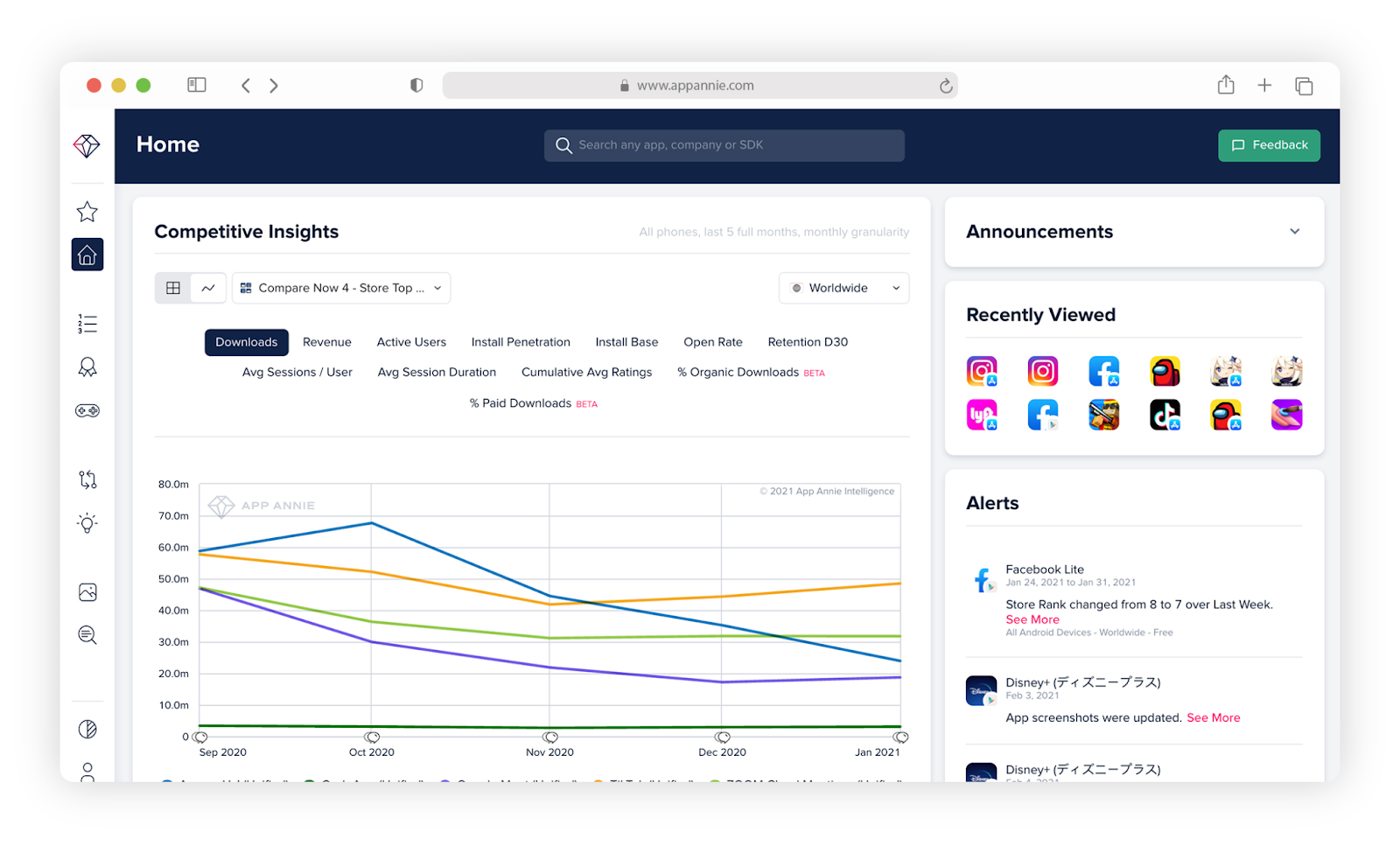
App Annie, now rebranded as Data.ai, is a mobile app market intelligence platform. It provides comprehensive data on mobile apps, including downloads, revenues, usage, demographics, and more, across both iOS and Android app stores globally.
Key features
- App performance tracking: At its core, Data.ai shows estimated downloads, active users, and revenue for individual apps. You can look up any app and see its historical download volume, how it ranks in various countries and categories, its monthly active users and usage sessions, and revenue split (from purchases vs. in-app ads, if available).
- App store rankings and share of voice: App Annie provides real-time and historical app store rankings for every category and country. This lets you see, for instance, which app is #1 in “Finance” in the US today versus last month. It also calculates market share and penetration. For example, what share of downloads or active users the top 5 apps in a category have. This helps assess how fragmented or consolidated a market is.
- Usage and engagement metrics: Beyond downloads, Data.ai offers metrics on engagement: monthly active users (MAU), daily active users (DAU), average session length, usage frequency, retention rates, etc., for many popular apps (sourced through panel data).
- Revenue breakdown and monetization insights: The platform provides detailed estimates on app monetization, including in-app purchase revenue and ad revenue. It also tracks subscription revenue which is key for many apps. Additionally, the tool can show which apps are spending the most on user acquisition (via a metric called Share of Voice for advertising) if you have their Ascend product, giving insight into competitors’ marketing spend.
- App details and SDK intelligence: Data.ai compiles lots of metadata about apps: version history, release notes, user ratings and reviews over time, and the SDKs installed in each app. The SDK intelligence means you can see which third-party tools an app uses, for example, analytics SDKs, ad networks, payment processors.
Pros:
- Data.ai offers extensive insights into app performance metrics, including downloads, revenue, user engagement, and rankings across various app stores. This breadth of data aids in informed decision-making in app
- Data.ai dashboard makes it easy to track the daily rankings of an app, top keywords, and other KPIs that assist in ASO efforts.
- The platform has intuitive design, which allows for easy navigation and quick access to key metrics and reports.
Cons:
- Some users have reported inconsistencies between data.ai's metrics and those from other analytics platforms, necessitating cross-verification for critical decisions.
- The learning curve for the tool is moderate; there are many metrics and views, which can overwhelm new users. It often requires training to fully leverage.
Data.ai pricing
Data.ai uses a custom pricing model. There isn’t a public price list, but vendoring sites suggest an annual cost starting around $70,000 per year for a typical package.
9. HubSpot – Integrated CRM and Marketing Intelligence
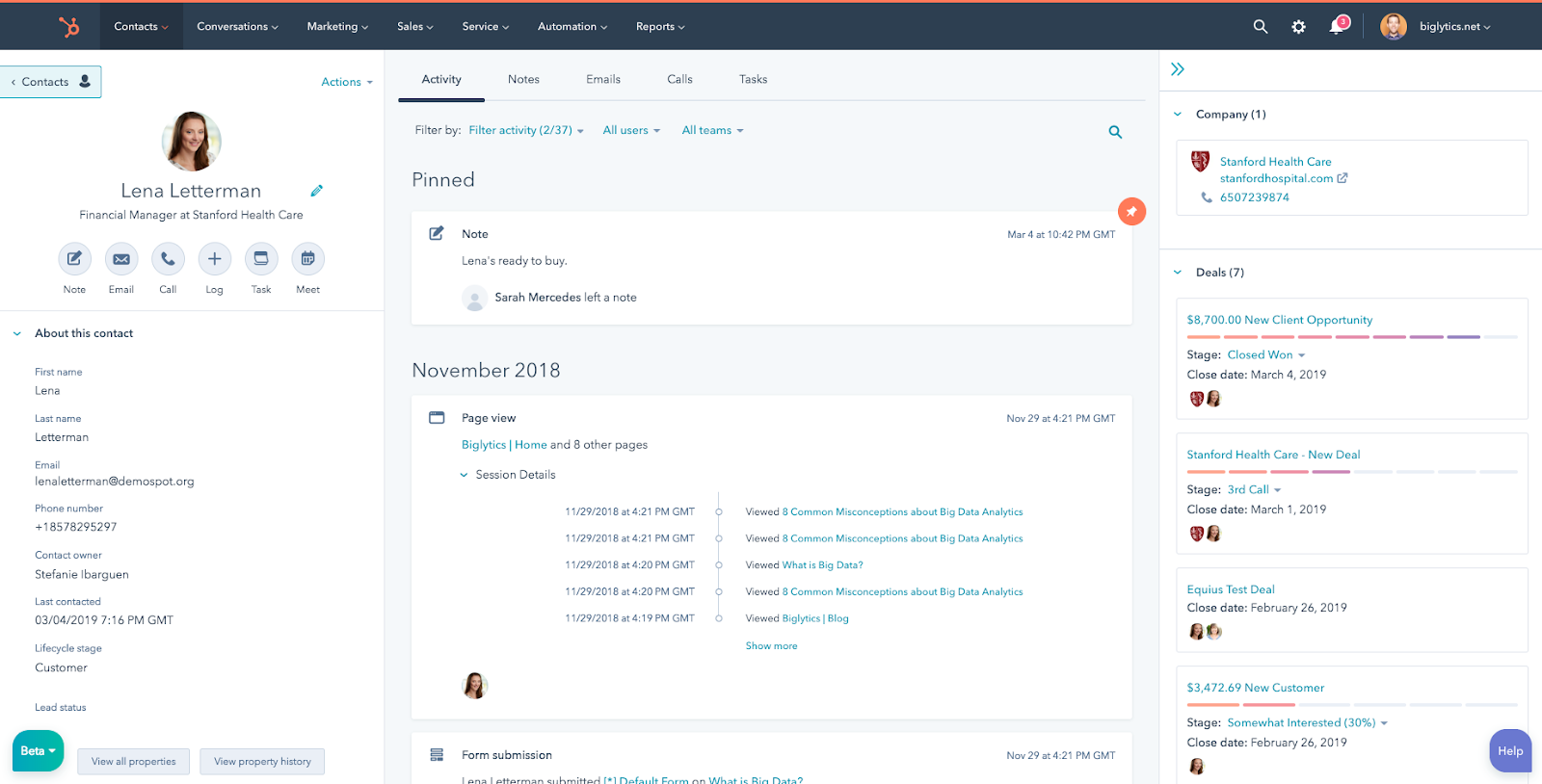
HubSpot is a well-known all-in-one CRM platform that includes marketing, sales, and customer service software. While not a traditional “intelligence tool” in the sense of competitive or market data, HubSpot provides robust marketing intelligence within a company’s own customer and prospect data.
In essence, HubSpot’s marketing intelligence is about helping you understand how your marketing efforts are performing and how they translate into customer acquisition and retention.
Key features:
- Unified CRM database: At the heart of HubSpot is a CRM that stores every contact and company record, along with all interactions. This central database means marketing analytics aren’t in a data silo, and marketers can segment and analyze by contact properties and track metrics like lead-to-customer conversion rates.
- Marketing automation and analytics: HubSpot’s Marketing Hub includes tools for email marketing, landing pages, social media scheduling, and ads tracking, all with built-in analytics. There are dashboards and reports that cover web traffic analytics, content performance, and campaign analytics. Because it’s integrated, users can easily go from website visitors to seeing exactly who those visitors were by name and whether they became customers.
- Sales pipeline and forecasting: HubSpot’s Sales Hub provides pipeline management, tracking deals, stages, win rates, and sales activities. The intelligence angle here is that marketers and sales leaders can analyze sales funnel metrics. For example, you can report on how many MQLs turned into SQLs and then into deals, and identify bottlenecks. For forecasting, HubSpot can aggregate deal data to project revenue by close date, and it gives insights like average deal cycle length or average deal value by source.
- Customer journey insights: One of HubSpot’s strengths is the customer journey analytics. Using Lifecycle stages (Lead > MQL > SQL > Customer), HubSpot can break down how leads are moving through the funnel. This intelligence helps optimize marketing spend and tactics. Also, because HubSpot also has a Service Hub for customer support tickets and feedback, companies can tie in post-sale intelligence back to their originating marketing source or sales rep.
- Integration capabilities: HubSpot connects with hundreds of third-party tools, making it easier to sync marketing, sales, and service data across your tech stack. For example, teams can connect HubSpot to Google Sheets to export and analyze CRM data alongside other business metrics, run custom reports, or create automated dashboards without manual data entry.
Pros:
- HubSpot’s major pro is the complete visibility it provides across the entire customer lifecycle in one system.
- HubSpot’s interface is user-friendly and their Academy provides extensive training resources.
- Because HubSpot tracks every interaction, it enables highly granular segmentation and personalized insights.
Cons:
- Out-of-the-box analytics are strong for operational reporting but can be limiting for teams that need highly granular raw data access, complex joins, or advanced modeling.
- Without integrations to external ad platforms, product usage databases, or customer success tools, HubSpot’s marketing intelligence remains confined to activities happening within its ecosystem.
- While HubSpot offers several attribution models, fully customized attribution logic (beyond the provided templates) requires external business intelligence tools or APIs.
- Large-scale data exports, syncs to data warehouses, or detailed marketing activity logs often require additional technical setup or third-party connectors.
HubSpot pricing
HubSpot's Marketing Hub Enterprise pricing is structured around a base subscription fee, which includes a set number of marketing contacts. The total cost increases based on the number of additional marketing contacts you require.
Additional factors influencing the final price include the number of users, access to advanced features like multi-touch revenue attribution and adaptive testing, and any optional add-ons such as additional domains or custom reporting capabilities.
The minimum spend for the Enterprise plan starts at approximately $3,600 per month, billed annually.
10. Visualping – Competitor Website and Pricing Monitoring
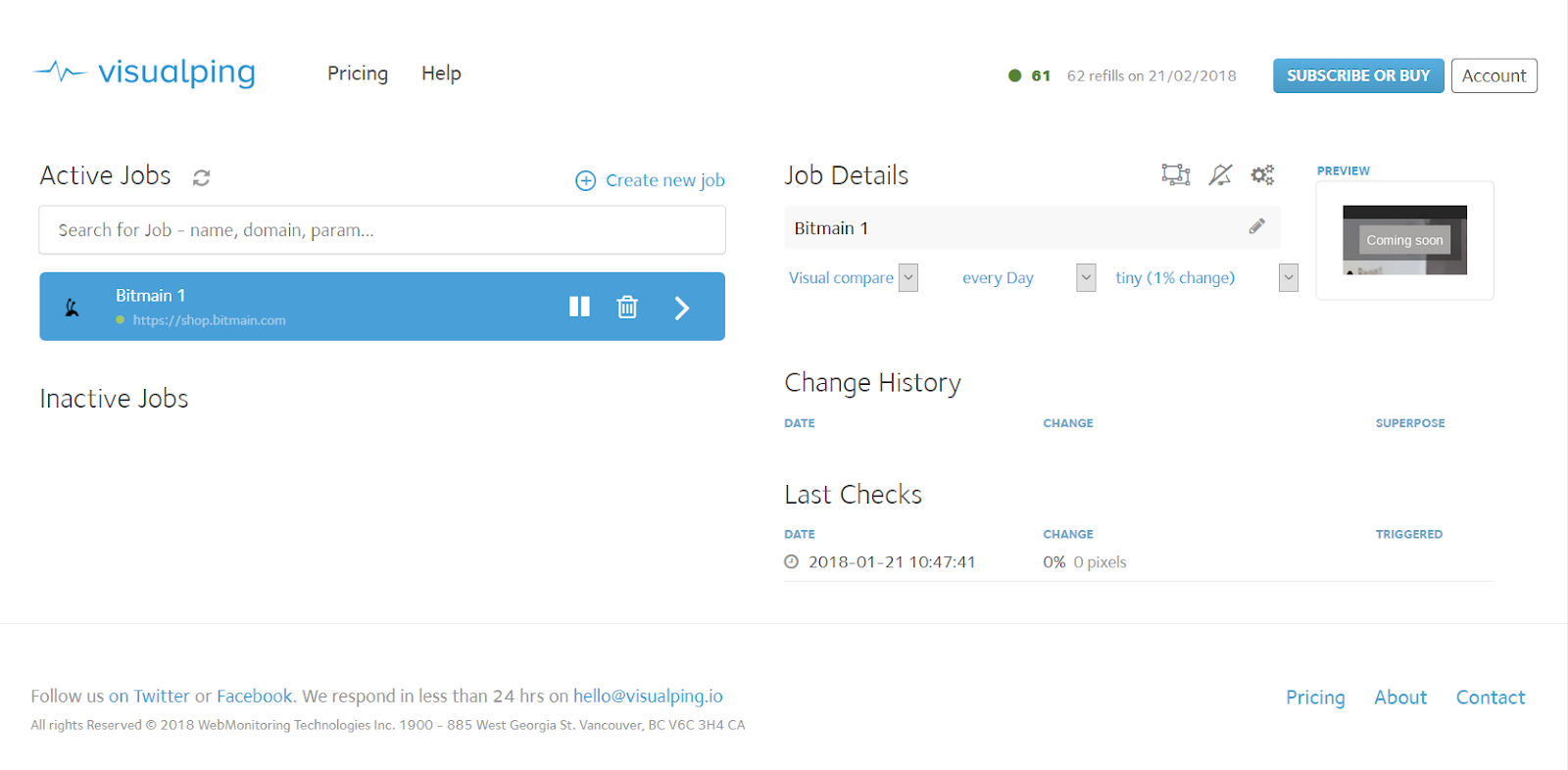
Visualping is a website change detection platform that monitors visual and textual changes on web pages and alerts users when updates occur. It's a useful tool for competitive intelligence, compliance monitoring, and pricing strategy development.
Key features:
- Website change detection: Visualping can track full pages or isolate specific elements, for example, pricing tables, CTA buttons, or meta descriptions, for changes. Detection can be visual (screenshot comparison), text-based (source code), or via custom CSS/XPath selection, depending on monitoring needs.
- Flexible alerting: Visualping supports real-time alerts via email, Slack, Microsoft Teams, and webhooks. Notifications include screenshots and highlighted differences, or AI-powered summaries that prioritize and highlight only meaningful changes.
- Bulk monitoring and multi-user support: Enterprise accounts allow bulk tracking of hundreds or thousands of URLs simultaneously.
- Audit logs and historical tracking: Teams can view a full archive of all detected changes, complete with timestamped visual comparisons. This is useful for maintaining compliance documentation or building a change history of competitor sites.
- Browser extensions and APIs: A Visualping Chrome extension enables one-click monitoring setup from any page. The platform also offers APIs for integrating alerts and monitoring data into other internal tools or dashboards.
Pros:
- Visualping detects both visual and HTML/text-based changes, making it effective for monitoring price shifts, regulatory updates, competitor analysis, product listings, and competitor messaging.
- The Business and Enterprise plans support team-level access with roles and permissions, shared dashboards, audit logs, and consolidated billing.
- No code or installation is required. Setting up a new monitor takes under a minute, making it accessible even to non-technical users like content specialists or brand compliance teams.
Cons:
- Without proper configuration like area selection or threshold tuning, users may receive alerts for minor or irrelevant changes like dynamic ad content or script-based updates.
- While users can view change logs and snapshots, reporting and analytics capabilities are basic. There’s no built-in dashboard for long-term trend analysis or consolidated summaries unless exported manually or integrated externally.
- The visual comparison mode can flag changes caused by font rendering, minor layout shifts, or server-side content rotation. This requires tuning or switching to text mode for critical workflows.
Visualping pricing
Visualping's pricing is structured based on the number of checks per month, monitoring frequency, and user count.
Plans range from a free tier with limited features to business plans starting at approximately $105 per month, with a minimum annual spend of $900 for enterprise features. Additional costs may apply for higher check volumes, advanced functionalities, or dedicated support.
Selecting What Fits Your Stack
In the end, the best marketing intelligence platform is the one that fits your specific workflows, data architecture, and decision-making needs, whether that’s campaign optimization, competitive tracking, or executive-level performance visibility.
If you're looking to replace fragmented tools and build a centralized, automated intelligence layer across your marketing stack, book an introductory call with Improvado to see how it fits your use case.
.png)



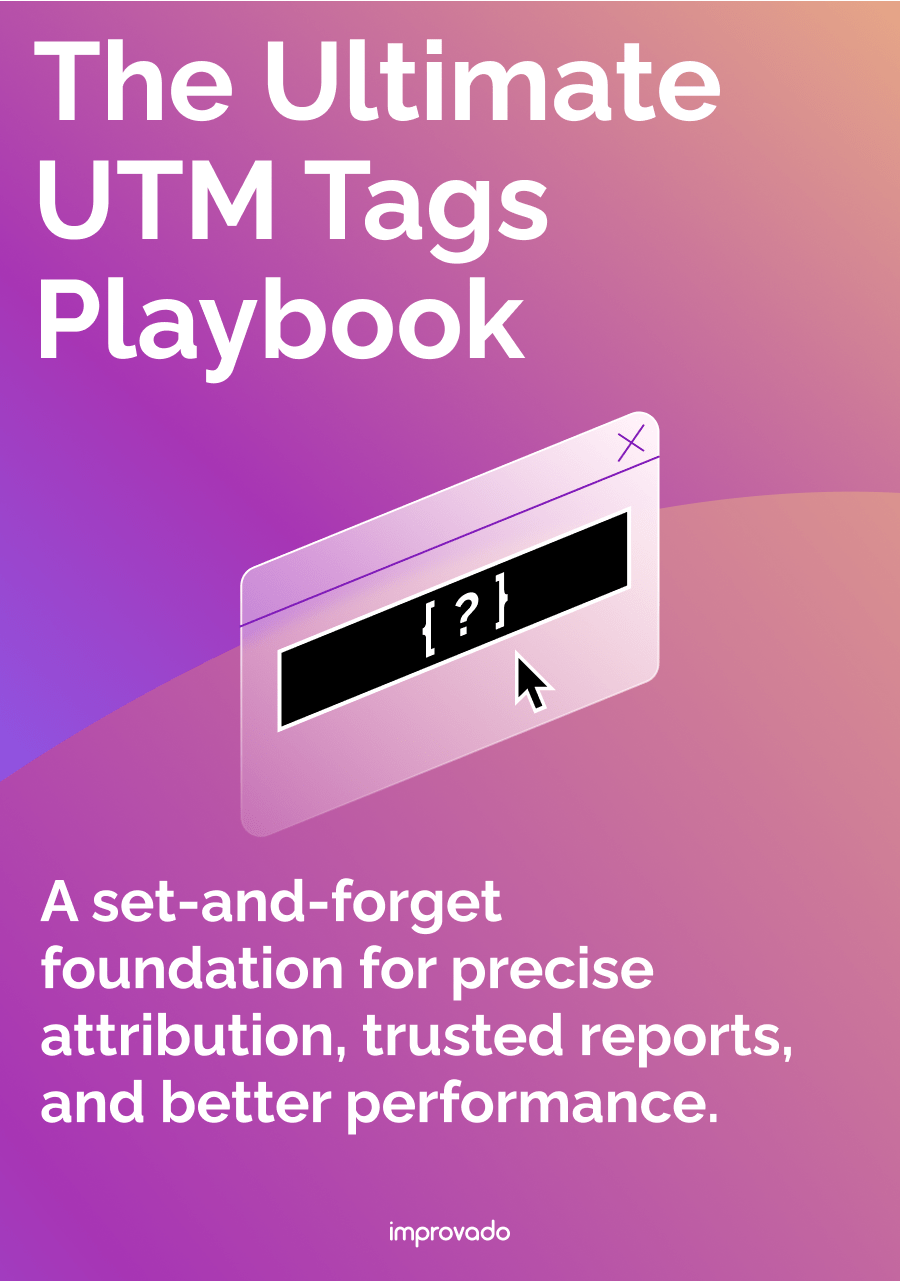
.png)
